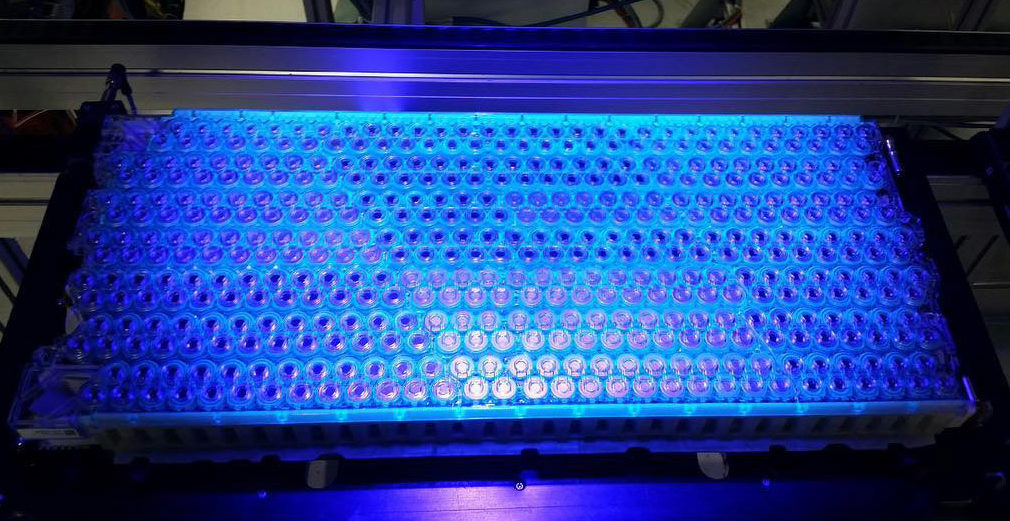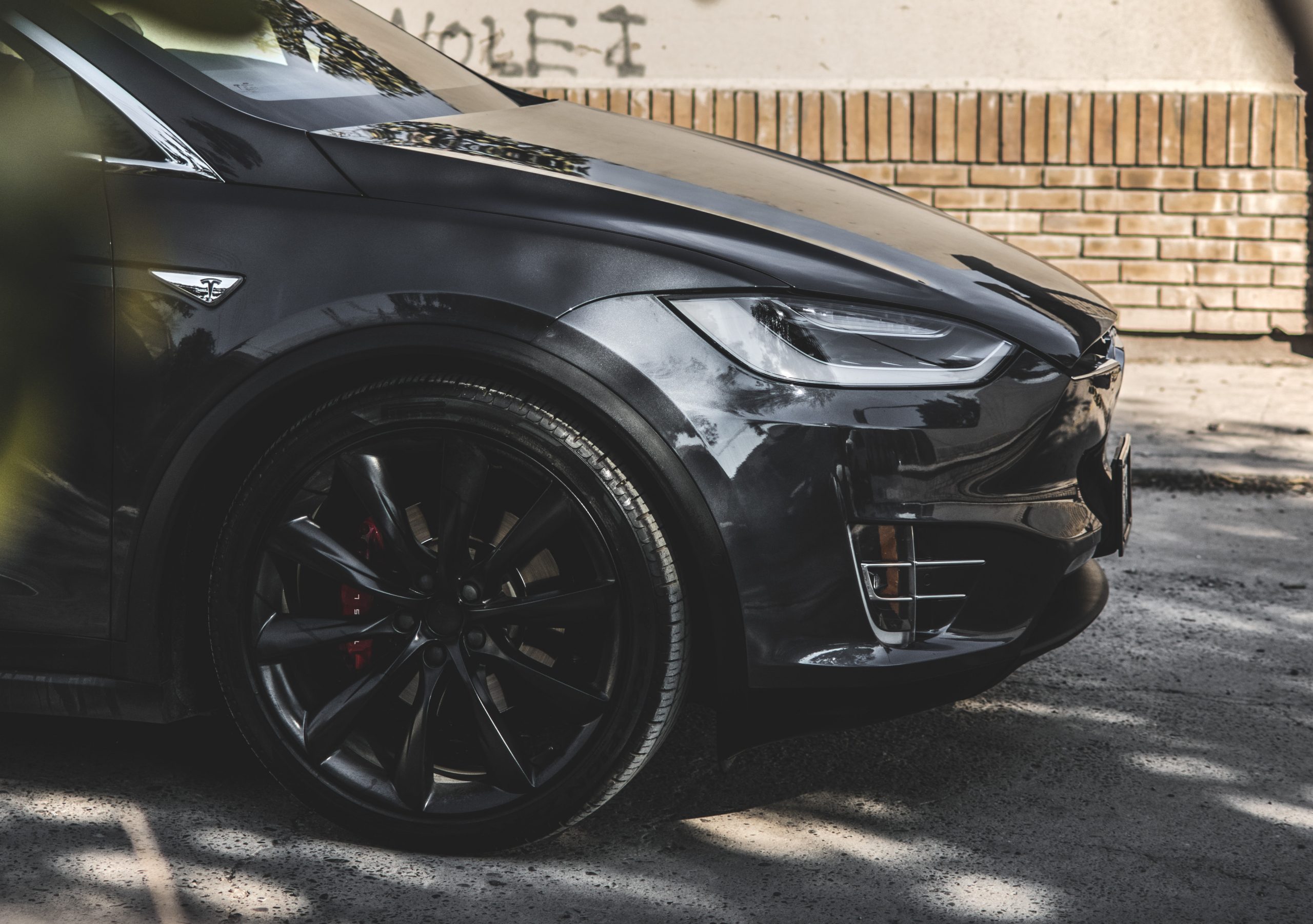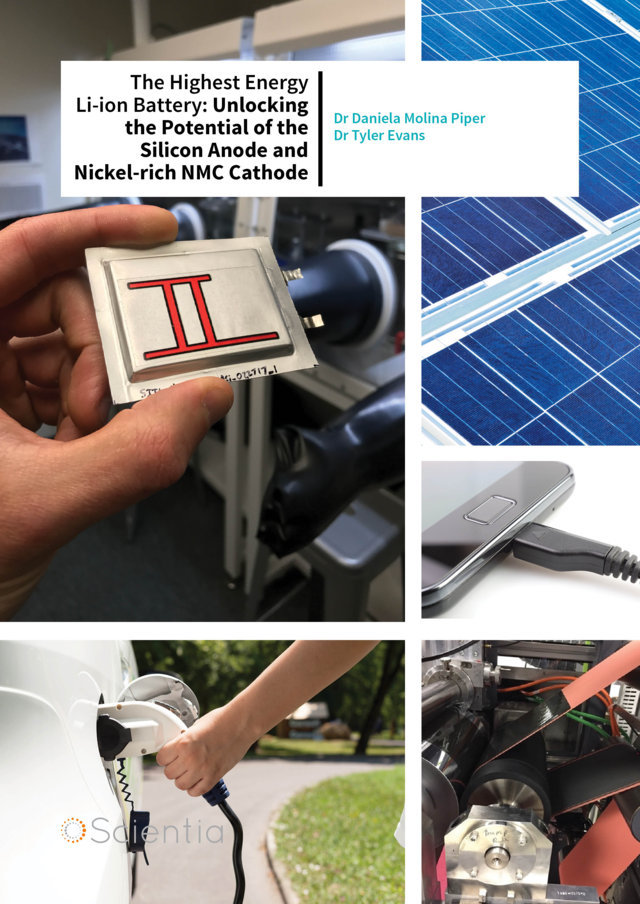nativewolf
Active Member
Right I was just now thinking that the human effort related to the interior assembly probably causes quite a bit of physical stress/trauma that a more comfortable operating position alone would result in less workers comp type lost productivity. Plus fewer robots, etc etc. Virtuous cycle should extend from space utilization to efficiency of labor related to well being not just working faster. etc etc. Anyway, your point exactly I suppose. NeatJust thinking logically it seems that they have placed the equivalent of the floor pan on top of the pack. That should save assembly time but probably at least a couple of robots that don't need to place seats. Now I wonder how much else might be done to increase preassembly.
Much of what people have been noticing in Grüneheide does suggest there si even more efficiency than we had imagined. That does add color to the Elon statement last year that 'Model Y built in Germany will be a different car than the one built in California'. I cannot find that quote right now thus '...'.
Thus far maybe none of us actually imagine just how consequential having two huge casting plus the third piece of the structural pack. The weight reduction alone should yield a long series of virtuous consequences.
Do any of us have the capacity to make logical estimates of those things?
On the surface it seems they will have:
-reduced Capex for robots and line,
-reduced labor costs,
-increased speeds,
-far increased body rigidity,
-reduction in warranty costs,
-and more.
The engineers among us could maybe do that,
by that I mean almost all of us in thread except me,
I only counted beans and a few other trivial things.
It's going to be a hoot to dry to duplicate this reinvention of auto manufacturing to sustainable hardwood production. Elon has given a speech when he discussed the low utilization rate of factories and in our field it is certainly believable. He quoted something like 2-3% of space was dedicated to production. I'd like to watch all of that section of his original speech, some outdoor event that was clipped in the VW concerns youtube bit ( a feel good story for Tesla folks because the evil empires finally are concerned validation story sort of thing). I found the presentation boring but I liked that few seconds when EM was discussing factory utilization.







